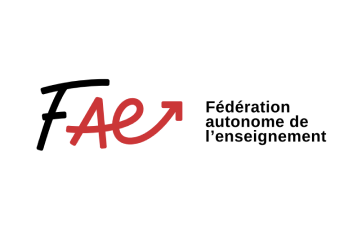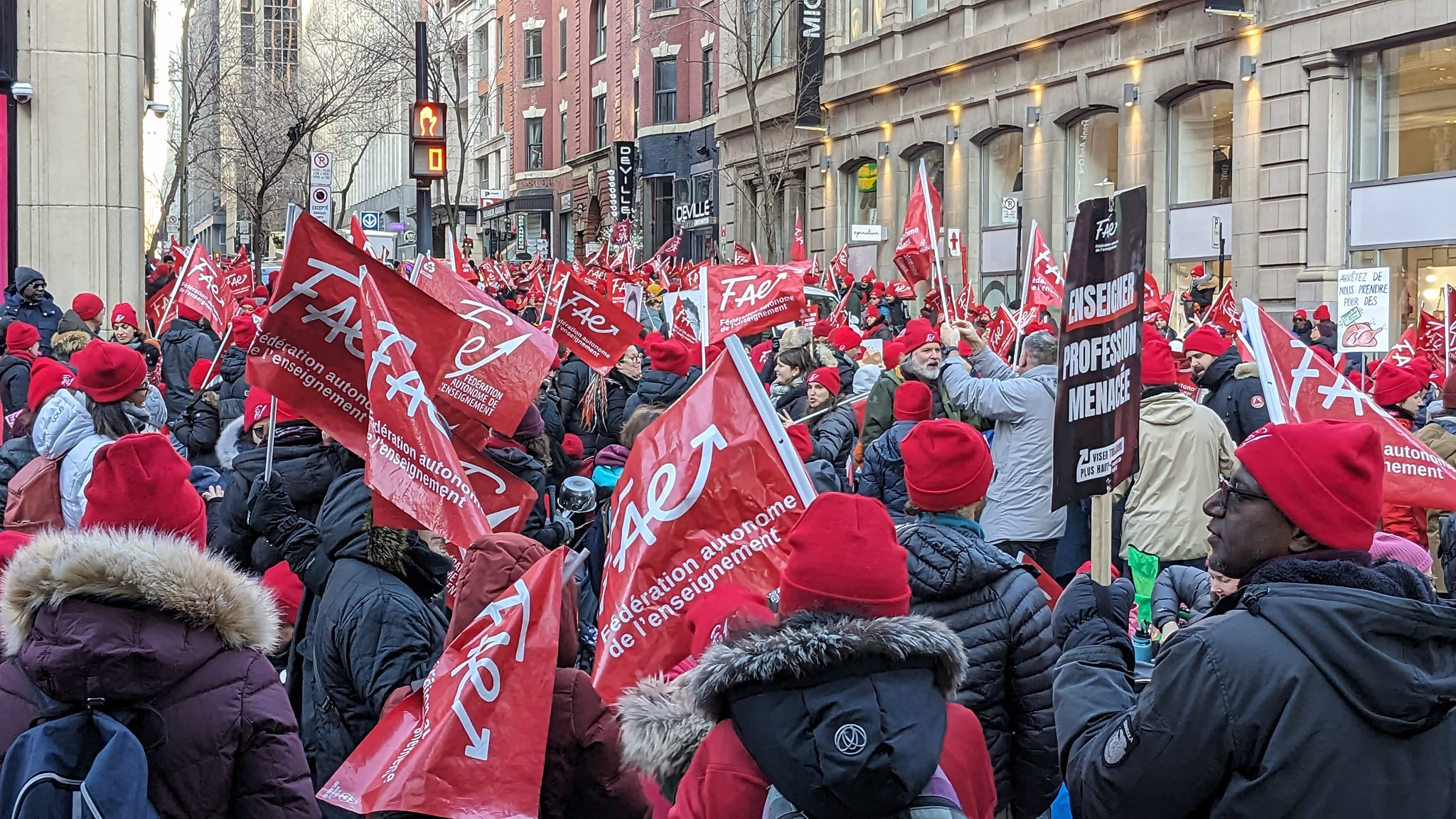It has been a month since the unions affiliated to the Fédération autonome de l'enseignement (FAE) voted on their tentative agreement. The votes were very close, but the agreement was adopted by a majority of FAE members. Many teachers have returned to school to express their dissatisfaction. This is evidenced by the low participation rate in the government's school catch-up plan, which has added even more work for teachers. The North Star spoke to Mario Lemelin, a social studies teacher in the Lower Laurentians, to find out more about the details and impact of the agreement.
The central element of the agreement is a "preventive mechanism on class make-up". This mechanism, designed to respond to teachers' concerns about the size of groups, provides for support measures for cohorts with more than 60% of students with difficulties at elementary level and 50% at secondary level. At secondary level, the priority support measure is to increase the number of special education staff for the cohort.
"It's being received very coldly in the field because it looks like we're announcing figures, but in reality, nothing is happening for the students [...] as if this or nothing were the same thing," says Lemelin. "According to my analysis, it will never apply, and if it does, it means that the situation in the school is catastrophic. It's just to look good in the eyes of public opinion."

It is therefore the very possibility of applying such a mechanism that teachers question. "The fear we have [about the new mechanism] is that our administrators will meet and when we find ourselves with a cohort of 50% students who are struggling, we'll move students from one school to another." The shortage of teachers and support staff is serious. This makes it hard for administrators to commit to opening groups or improving the services offered in a school.
"We already had a mechanism in our collective agreement so that if a group had 50% of students who are struggling, there was an obligation to split the group in two or to create a new one," he explains. "From first-hand experience, the administrators would add students to the groups in order to keep the percentage below 50%." Lemelin gives the example of a group of 24 students, 14 of whom had intervention plans. The school administration's reaction was to add five students without an action plan so as not to have to reduce the size of the group.
The tentative agreement also provides for the creation of a new status of teacher (E2) and the creation of more than 5,000 contracts of this type. These would be part-time assignments supplemented by supply teaching or combinations of different replacements to make up full-time contracts.
However, the status of E2s is different from that of regular teachers. "This new class of teachers is losing out on a lot, they don't have the same rights as regular teachers. Personally, I'm afraid that we're opening the door to reducing the benefits of regular teachers, because once we've done it for one class of teacher, we might want to extend it to the other. For example, it's impossible for these teachers to apply for leave without pay."
Another special feature of this teacher status is that school service centres can change their assignment during the school year. "These people have a special status because it's the administration that decides on their assignment, which means that seniority and the assignment process are no longer necessarily respected for other teachers. Apart from the fact that contracts will be given out, which can be beneficial for the unions, there are only employer benefits to come with it."


